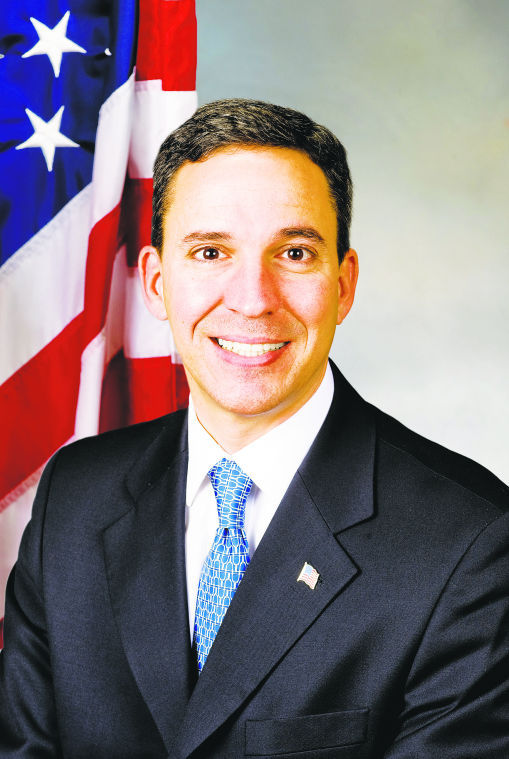
New York City is at it again. It seems every time we turn around it’s slyly trying to solve its problems on the backs of suburban taxpayers.
Unfortunately it makes perfect political sense for them to try to push off the city’s problems and bills on people who don’t vote in the city. The latest grab – our water – and I’m not kidding.
As reported by Newsday, New York City plans to reopen 52 of its 68 shuttered wells in Queens, “pumping millions of gallons of drinking water from the aquifers under Long Island – a move that some policymakers and environmentalists say could harm Nassau County’s access to its only source of water.”
This poorly conceived plan is known as “Water for the Future” and it calls for more than a billion dollars in repairs to the city’s aqueduct system, their tunnels that transport water from upstate reservoirs.
While under construction, the city intends to offset shortfalls by pumping a whopping 33 million gallons per day from the aquifer system under Long Island.
For perspective, Nassau draws about 170 million gallons per day, so the city’s plan would instantaneously compound that strain by an additional 20 percent daily.
To make things worse, the city has not even commissioned a routine environmental study to identify, let alone address, impacts to our Nassau County communities.
Keep in mind that these are not man-made aquifers. Mother Nature created these underground sand and gravel formations long before we arrived and they are the sole source of clean drinking water for Nassau County’s 1.4 million residents.
Let me emphasize that point. Our entire water supply comes from these natural sources. We have no supplemental aqueducts or other means to increase our water supply.
That’s why legislators have worked alongside Long Island water districts and environmental groups for years to carefully preserve the system and protect its integrity.
Most of those experts agree that the city’s pumping will cause “increased saltwater intrusion on the county’s North and South shores, a shift in the direction of underground plumes of contamination, and a general drawdown of the aquifer system.”
Sarah Meyland, director of the Center for Water Resources Management at the New York Institute of Technology observed, “As soon as those wells come on, you’re going to increase the natural loss of water from Nassau into the Queens part of the aquifer system. The city will be de facto taking Nassau water once they turn those wells on.”
Water doesn’t know political boundaries. So regulations were put in place to make sure one side doesn’t take risks at the expense of everyone else. That’s why I’ve written to state Department of Environmental Conservation (DEC) Commissioner Joe Martens, asking that the city do a full analysis of the environmental impacts of its plan before turning them on.
In the meantime, I’ve asked that they suspend the city’s permits to operate the wells pending review because there is no denying what we already know. A 1986 DEC report stated that the Queens pumping resulted “in serious effects on the aquifer in that area and in underground water flow across the border from Nassau.”
Ron Busciolano, a supervisory hydrologist with the U.S. Geological Survey’s New York Water Science Center even noted that when those Queens wells were operating, water levels were lowered by as much as 30 feet in some areas.
Naturally, the city had no comment for the Newsday story. They could apparently care less about partnering with surrounding suburbs, instead placing New York City’s needs as primary to any and all decisions. It’s always tough to make our voices heard over this powerhouse right next door, but if there’s one thing we can’t risk, it’s the integrity of our groundwater here on Long Island.
It’s a zero sum game which Nassau can’t afford to lose.
That’s why I’m asking you to please lend your voice by signing the petition on my website, martins.nysenate.gov, urging the state Department of Environmental Conservation to heed our concerns.
New York City’s “Water for the Future” cannot and should not be bought at the expense of Nassau’s residents and businesses.






